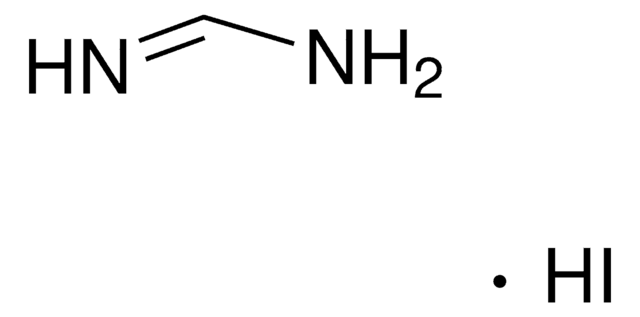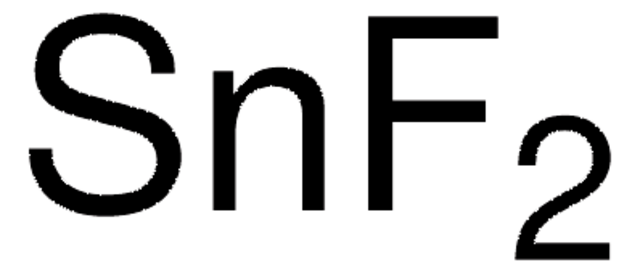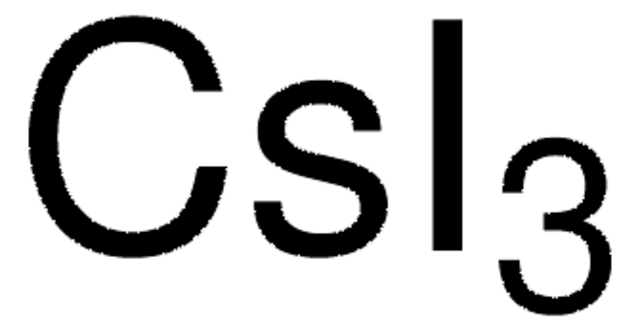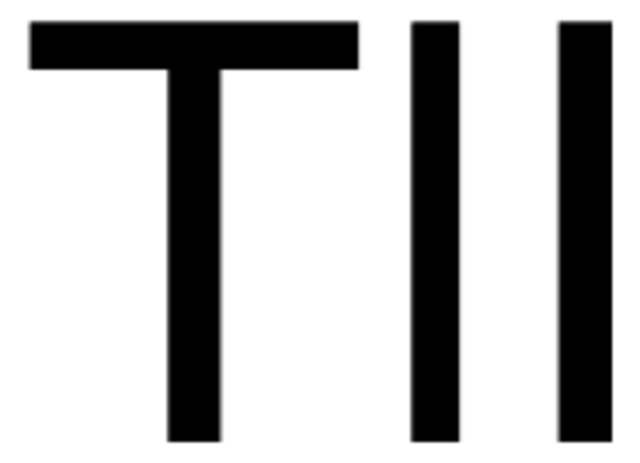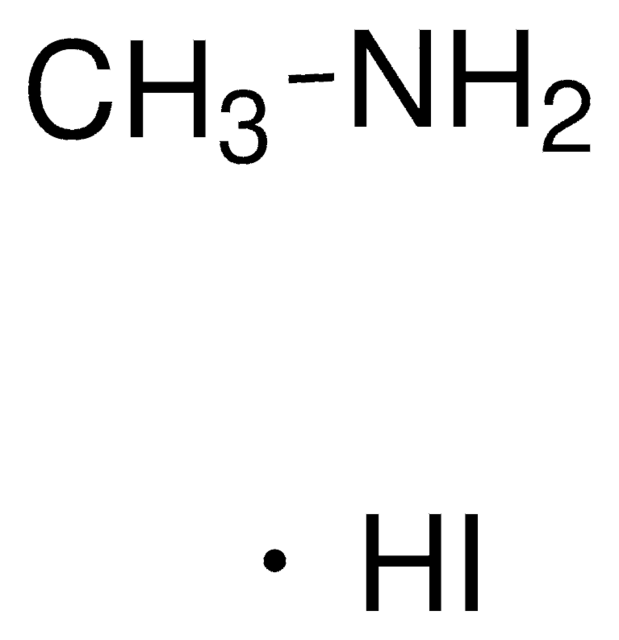429384
Cesium iodide
AnhydroBeads™, −10 mesh, 99.999% trace metals basis
Synonim(y):
Cesium monoiodide
About This Item
Polecane produkty
linia produktu
AnhydroBeads™
Próba
99.999% trace metals basis
Postać
beads
zanieczyszczenia
≤15.0 ppm Trace Metal Analysis
wielkość cząstki
−10 mesh
mp
626 °C (lit.)
gęstość
4.51 g/mL at 25 °C (lit.)
ciąg SMILES
[I-].[Cs+]
InChI
1S/Cs.HI/h;1H/q+1;/p-1
Klucz InChI
XQPRBTXUXXVTKB-UHFFFAOYSA-M
Szukasz podobnych produktów? Odwiedź Przewodnik dotyczący porównywania produktów
Zastosowanie
- Fabrication of Nanoscale Cesium Iodide Scintillators: This research focuses on the development of nanoscale cesium iodide scintillators for high-energy radiation detection, relevant for material scientists working on advanced detection technologies (CY Chen, CW Hun, SF Chen, CC Chen, 2015).
- Photoemission and Optical Constant Measurements: Research on the photoemission and optical properties of a cesium iodide thin film photocathode, relevant for understanding light-matter interactions in material science (R Rai, N Gupta, NFA Jammal, BK Singh, 2015).
Cechy i korzyści
Informacje prawne
wyposażenie dodatkowe
Hasło ostrzegawcze
Warning
Zwroty wskazujące rodzaj zagrożenia
Zwroty wskazujące środki ostrożności
Klasyfikacja zagrożeń
Aquatic Acute 1 - Repr. 2
Kod klasy składowania
13 - Non Combustible Solids
Klasa zagrożenia wodnego (WGK)
WGK 2
Temperatura zapłonu (°F)
Not applicable
Temperatura zapłonu (°C)
Not applicable
Środki ochrony indywidualnej
dust mask type N95 (US), Eyeshields, Faceshields, Gloves
Certyfikaty analizy (CoA)
Poszukaj Certyfikaty analizy (CoA), wpisując numer partii/serii produktów. Numery serii i partii można znaleźć na etykiecie produktu po słowach „seria” lub „partia”.
Masz już ten produkt?
Dokumenty związane z niedawno zakupionymi produktami zostały zamieszczone w Bibliotece dokumentów.
Klienci oglądali również te produkty
Produkty
Colloidal quantum dots (CQDs) are semiconducting crystals of only a few nanometers (ca. 2–12 nm) coated with ligand/surfactant molecules to help prevent agglomeration.
Nasz zespół naukowców ma doświadczenie we wszystkich obszarach badań, w tym w naukach przyrodniczych, materiałoznawstwie, syntezie chemicznej, chromatografii, analityce i wielu innych dziedzinach.
Skontaktuj się z zespołem ds. pomocy technicznej
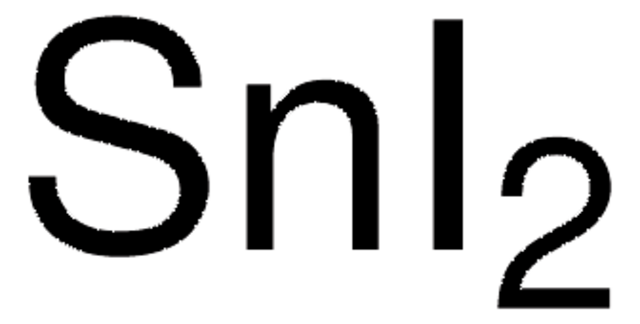
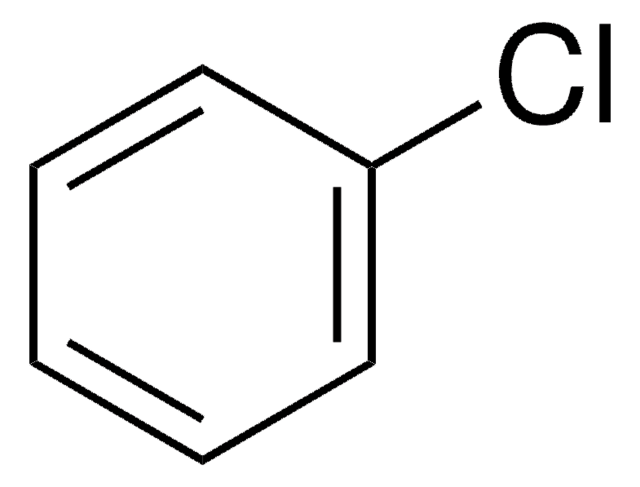






![[6,6]-Phenyl C61 butyric acid methyl ester >99.9%](/deepweb/assets/sigmaaldrich/product/structures/359/221/d990c746-0960-4c69-bf76-fe09b193824d/640/d990c746-0960-4c69-bf76-fe09b193824d.png)
